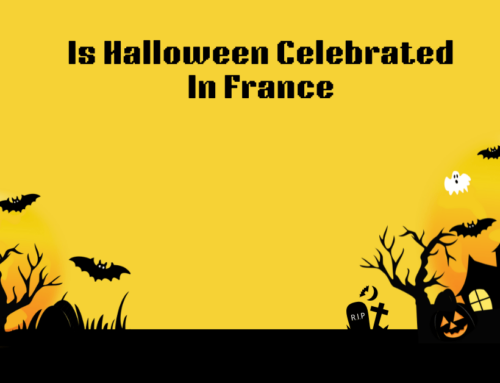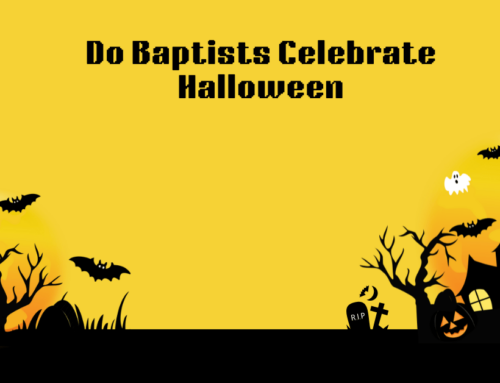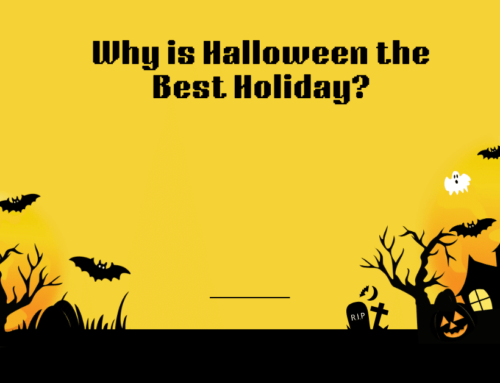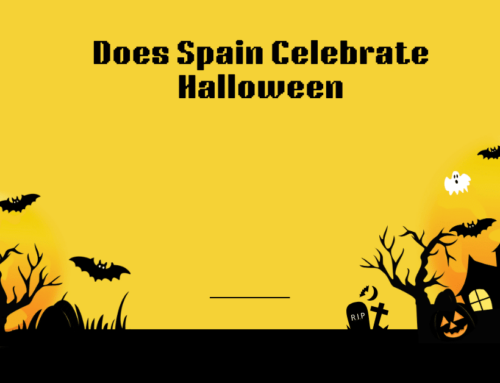As October approaches and jack-o’-lanterns begin to appear on porches, a common question arises: Can you eat Halloween pumpkins? The simple answer is yes, but there’s much more to explore on this topic.
From the history of Halloween pumpkins to creative culinary uses, this guide will provide everything you need to know about turning your decorative gourd into a delicious dish.
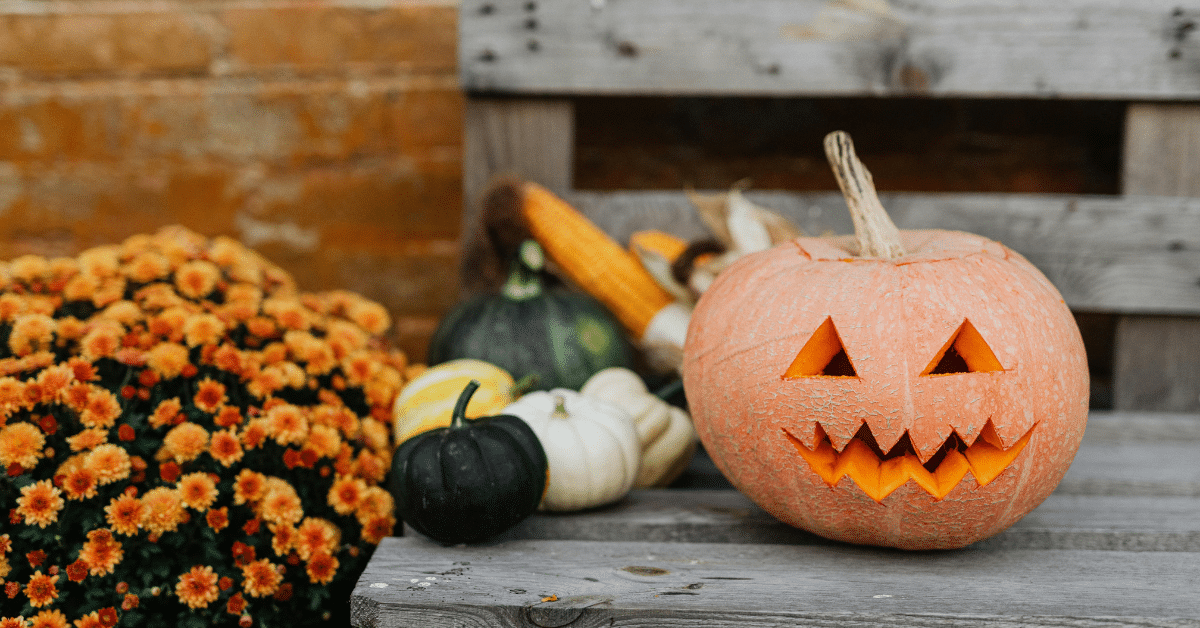
Understanding Halloween Pumpkins
Before we delve into the edibility of Halloween pumpkins, it’s crucial to understand what we’re working with. Halloween pumpkins, scientifically known as Cucurbita pepo, are a variety of winter squash.
They’ve been a staple of fall festivities for centuries, with the tradition of carving pumpkins originating from an Irish folktale about a man named “Stingy Jack.”
Not all pumpkins are created equal when it comes to eating. There are three main types to consider:
- Carving Pumpkins: These are the large, bright orange pumpkins typically used for jack-o’-lanterns. They have thin walls and stringy, watery flesh.
- Pie Pumpkins: Smaller and denser, these pumpkins are bred for cooking and baking.
- Decorative Pumpkins: These come in various colors and shapes and are often used for autumn displays.
While carving pumpkins are edible, they’re not the best choice for culinary purposes. Their flesh is less flavorful and more stringy compared to pie pumpkins. However, don’t let this deter you – with the right preparation, even a carving pumpkin can be transformed into a tasty treat.
Pumpkins are not just festive; they’re also packed with nutrients. A cup of cooked pumpkin is low in calories (49 per cup) and high in vitamin A (245% of the Reference Daily Intake). It’s also a good source of vitamin C, potassium, and fiber. These nutritional benefits make pumpkins a healthy addition to your diet, whether they started as Halloween decorations or not.
Safety Considerations
Before you start cooking with your Halloween pumpkin, it’s crucial to consider food safety. Once a pumpkin is carved, its shelf life decreases dramatically.
A carved pumpkin will typically last 3-5 days before showing signs of decay. If you plan to eat your Halloween pumpkin, it’s best to cook it before carving or choose an uncarved pumpkin.
Watch out for these signs that your pumpkin has gone bad:
- Soft spots or bruising
- Mold growth (usually white and fuzzy)
- Unpleasant odor
- Oozing or excessive moisture
If you notice any of these signs, it’s best to compost the pumpkin rather than eat it.
To prepare your Halloween pumpkin for eating, follow these steps:
- Wash the exterior thoroughly with cool water and mild soap.
- Cut the pumpkin in half and remove all seeds and stringy parts.
- Rinse the interior with cool water.
- Pat dry with a clean towel.
Remember, if your pumpkin has been carved and sitting out for more than a day, it’s safer to use it for compost rather than consumption.
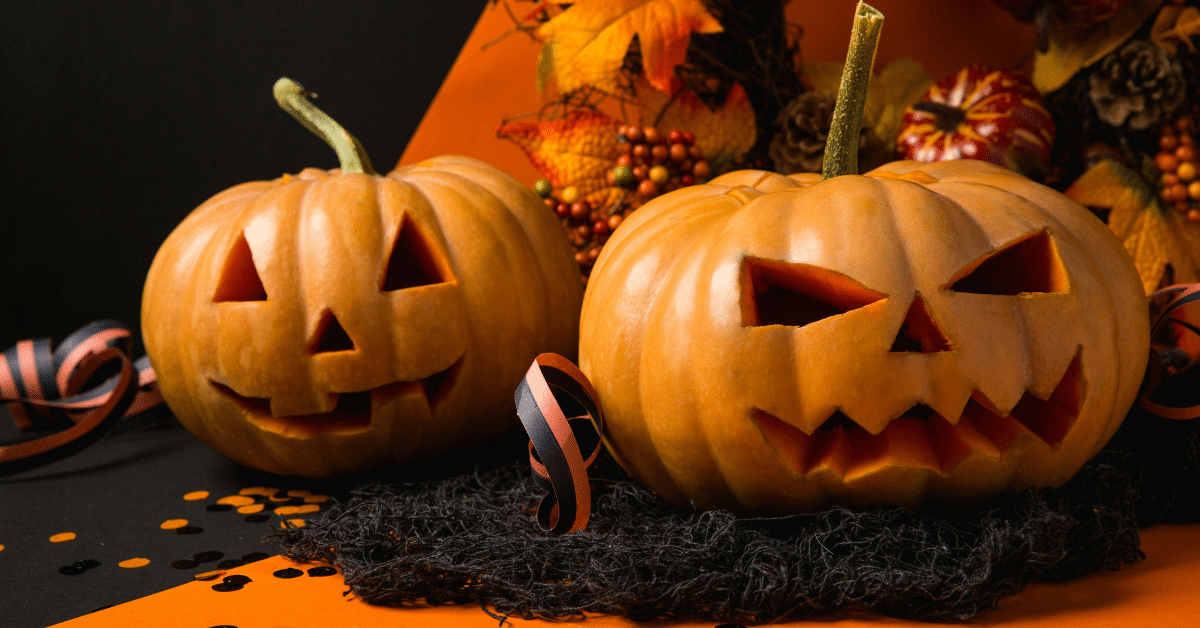
Culinary Uses for Halloween Pumpkins
Now that we’ve covered the basics, let’s explore the delicious possibilities of cooking with Halloween pumpkins. One of the easiest ways to enjoy your Halloween pumpkin is by roasting the seeds. Clean the seeds, pat them dry, toss with a bit of oil and your choice of seasonings (salt, garlic powder, or cinnamon sugar work well), then spread on a baking sheet and roast at 325°F (165°C) for about 45 minutes, stirring occasionally.
Pumpkin puree is versatile and can be used in numerous recipes. To make it, cut the pumpkin into chunks, roast at 350°F (175°C) for about 45 minutes or until tender, then scoop out the flesh and blend until smooth. This homemade puree can be used in place of canned pumpkin in most recipes.
A warming pumpkin soup is perfect for chilly autumn evenings. Start by sautéing onions and garlic in a large pot. Add cubed pumpkin, vegetable broth, and spices (try cinnamon, nutmeg, and cayenne). Simmer until the pumpkin is tender, then blend until smooth. Stir in some cream for extra richness.
Of course, we can’t forget about desserts. While pumpkin pie is a classic, don’t be afraid to experiment with pumpkin bread, muffins, cheesecake, ice cream, or cookies. Pumpkin isn’t just for sweets, though. Try incorporating it into savory dishes like risotto, stuffed pumpkin, curry, or pasta sauce.
Beyond Eating: Other Uses for Halloween Pumpkins
If you find yourself with more pumpkins than you can eat, don’t worry. There are plenty of other uses for your Halloween leftovers. Pumpkins make excellent compost material. They’re rich in nutrients and break down quickly, helping to enrich your soil for next year’s garden. Many farm animals enjoy pumpkin as a treat. If you have access to a local farm, consider donating your leftover pumpkins.
Pumpkin isn’t just good for your insides; it can benefit your skin too. Try making a simple pumpkin face mask by mixing pureed pumpkin with honey and a bit of milk.
Tips for Selecting Edible Halloween Pumpkins
If you’re planning ahead and want to choose pumpkins that are great for both carving and eating, keep these tips in mind:
- Look for pumpkins labeled as “pie pumpkins” or “sugar pumpkins.”
- Choose pumpkins that feel heavy for their size.
- Ensure the pumpkin has no soft spots or blemishes.
- A green stem indicates freshness.
The best time to buy pumpkins for eating is early in the season when they’re freshest. However, even pumpkins bought close to Halloween can be good for cooking if they’ve been well-maintained.
Preserving Halloween Pumpkins for Later Use
If you can’t use your pumpkin right away, consider preserving it for future use. Freezing is a simple option: cut the pumpkin into chunks, blanch for a few minutes in boiling water, then cool, pack into freezer bags, and freeze.
Pressure canning is the safest method for preserving pumpkin. However, this should only be done with cubed pumpkin, not puree. Alternatively, thinly sliced pumpkin can be dehydrated and used later in soups or ground into pumpkin powder.
Conclusion
So, can you eat Halloween pumpkins? Absolutely! While they may not be as ideal for cooking as pie pumpkins, with a little creativity and proper handling, your jack-o’-lantern can transform from a spooky decoration into a delicious meal. From savory soups to sweet treats, the culinary possibilities are extensive.

